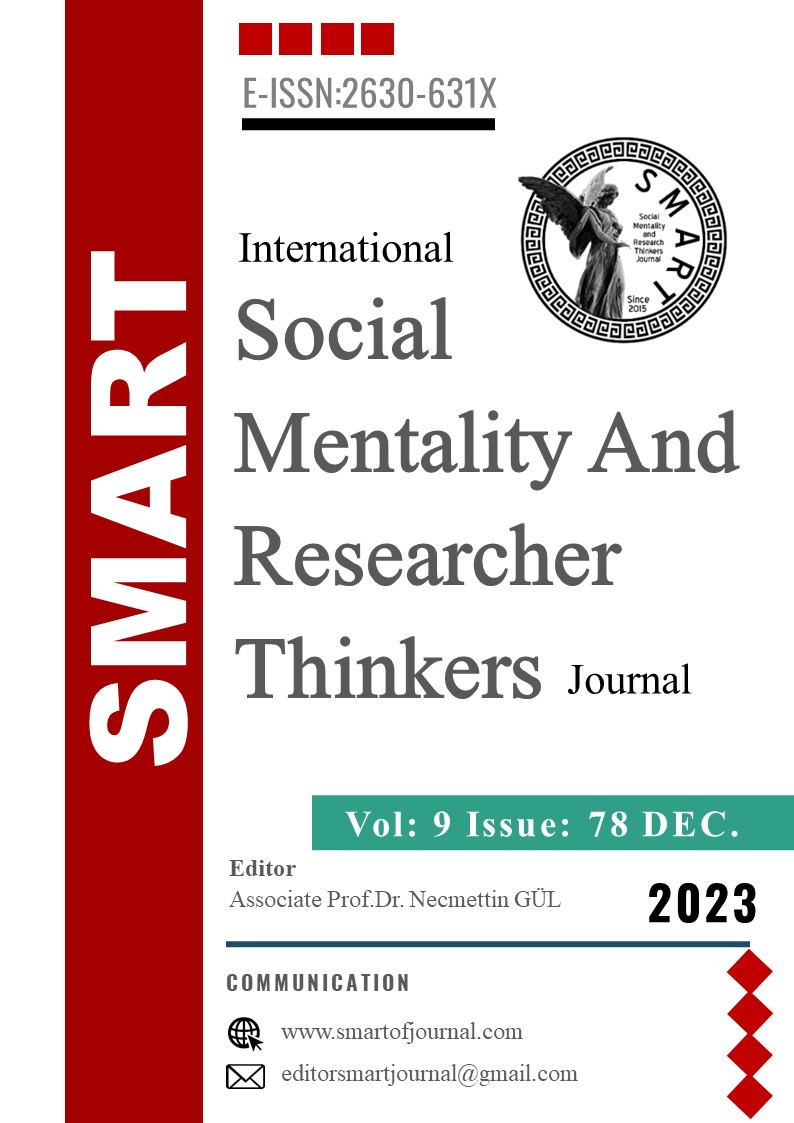Author :
Abstract
Rotoskopi (rotoscoping) tekniği hareketli görsel kayıttan referans alınarak görüntünün dondurulup kare kare çizgisel olarak kopyalanması prensibine dayalı bir animasyon yapım tekniğidir. Rotoskop (rotoscope) bu tekniğin mucidi olan ünlü animasyon sanatçısı Max Fleicher’in geliştirmiş olduğu cihazın adıdır. Fleischer 1917 yılında rotoskop adını verdiği makinanın patentini almıştır. Rotoskop bir animasyon masasının arkasına monte edilmiş film görüntülerini buzlu cam levha üzerine yansıtan bir kameradan oluşmaktadır. Animatör, kameranın yansıttığı canlı aksiyonun anahtar karelerini seçerek kâğıda geçirmektedir. Max Fleischer ve ekibi bu tekniği kullanarak Betty Boop (1931) ve Temel Reis (Popeye) (1933) gibi gerçekçi ve oldukça dinamik ve karmaşık karakter hareketleri içeren animasyonlar üretmiştir. Başlangıçta hayal gücü ile çizilmesi zor olan animasyon karelerini gerçekçi biçimde kopyalayarak kullanma fikrine hizmet eden teknik sonraki zamanlarda sinema sektöründe görsel efekt alanında yaygın biçimde kullanılmaya başlamıştır. Hareketli imgeleri kare kare görüntüleme, görüntüleri katmanlarına ayırma ve anahtar kareler oluşturma fikri rotoskop tekniği ile temeli atılan prensiplerdir. Teknolojinin gelişmesi ile rotoskop tekniğinin temel prensiplerini kullanarak aynı işi daha kısa zamanda yapabilen ve insansı hareketleri ve hatta mimikleri kopyalayabilen uygulamalar geliştirilmiştir. Bu gelişmelerin sonucunda başlangıçtaki amacı gerçekçi hareketler üretmek olan rotoskop tekniği zamanla çizgisel kopyalara farklı anlamların yüklendiği, sanatsal gayeler sebebiyle tercih edilen bir yönteme dönüşmüştür. Bu araştırma günümüzde tasarımcıların rotoskop tekniğini 2d animasyon süreçlerinde nasıl kullandıklarını incelemek ve süreç hakkında teknik bilgi vermek amacıyla yapılmıştır. Bu çalışmada nitel araştırma yöntemlerinden durum çalışması metodu kullanılmıştır. Rotoskopinin icadından günümüze değin kullanım tarihçesine değinilmiş, yakın tarihli uygulamalardan sanatsal yaklaşımlar izlenerek teknik süreç açısından incelenmiştir. Günümüzde rotoskop tekniğinin 2d animasyonlarda kullanımı avantaj ve dezavantajlar noktasında değerlendirilmiştir.
Keywords
Abstract
Rotoscoping technique is an animation production technique based on the principle of freezing the image and copying it linearly, frame by frame, by taking the moving visual record as a reference. Rotoscope is the name of the device developed by the famous animator Max Fleicher, the inventor of this technique. Fleischer patented the machine he called the rotoscope in 1917. Rotoscope consists of a camera mounted behind an animation table that projects film images onto a ground glass plate. The animator selects the key frames of the live action reflected by the camera and puts them on paper. Using this technique, Fleischer and his team produced animations that were realistic and contained highly dynamic and complex character movements, such as Betty Boop (1931) and Popeye (1933). The technique, which initially served the idea of realistically copying animation frames that were difficult to draw with imagination, later began to be widely used in the field of visual effects in the cinema industry. The idea of viewing moving images frame by frame, separating images into layers, and creating key frames are the principles laid down by the rotoscope technique. With the development of technology, applications that can do the same job in a shorter time and copy humanoid movements and even facial expressions have been developed using the basic principles of the rotoscope technique. As a result of these developments, the rotoscope technique, whose initial purpose was to produce realistic movements, has over time turned into a preferred method for artistic purposes, in which different meanings are attributed to linear copies. This research was conducted to examine how designers use the rotoscope technique in 2D animation processes today and to provide technical information about the process. In this study, the case study method, one of the qualitative research methods, was used. The history of use of rotoscopy from its invention until today is mentioned, and artistic approaches from recent applications are followed and examined in terms of technical process. Today, the use of rotoscope technique in 2D animations has been evaluated in terms of advantages and disadvantages.





